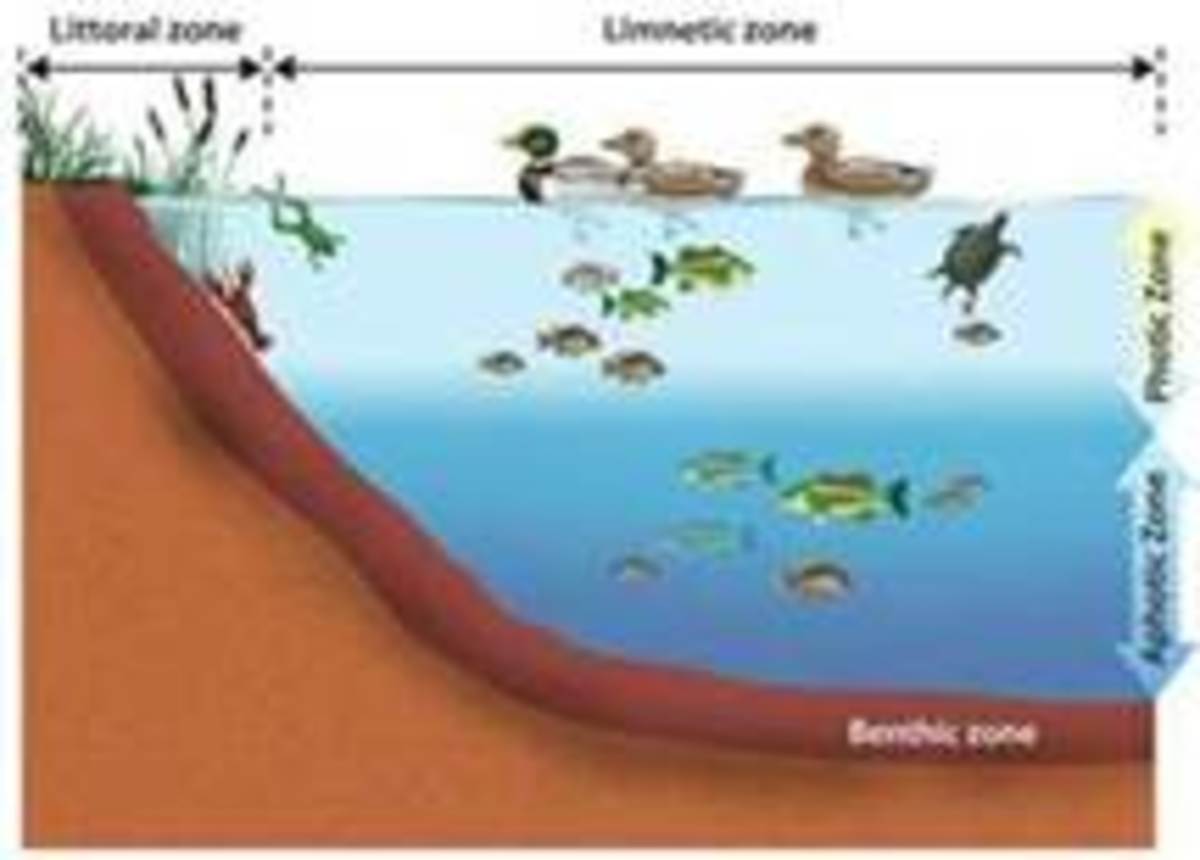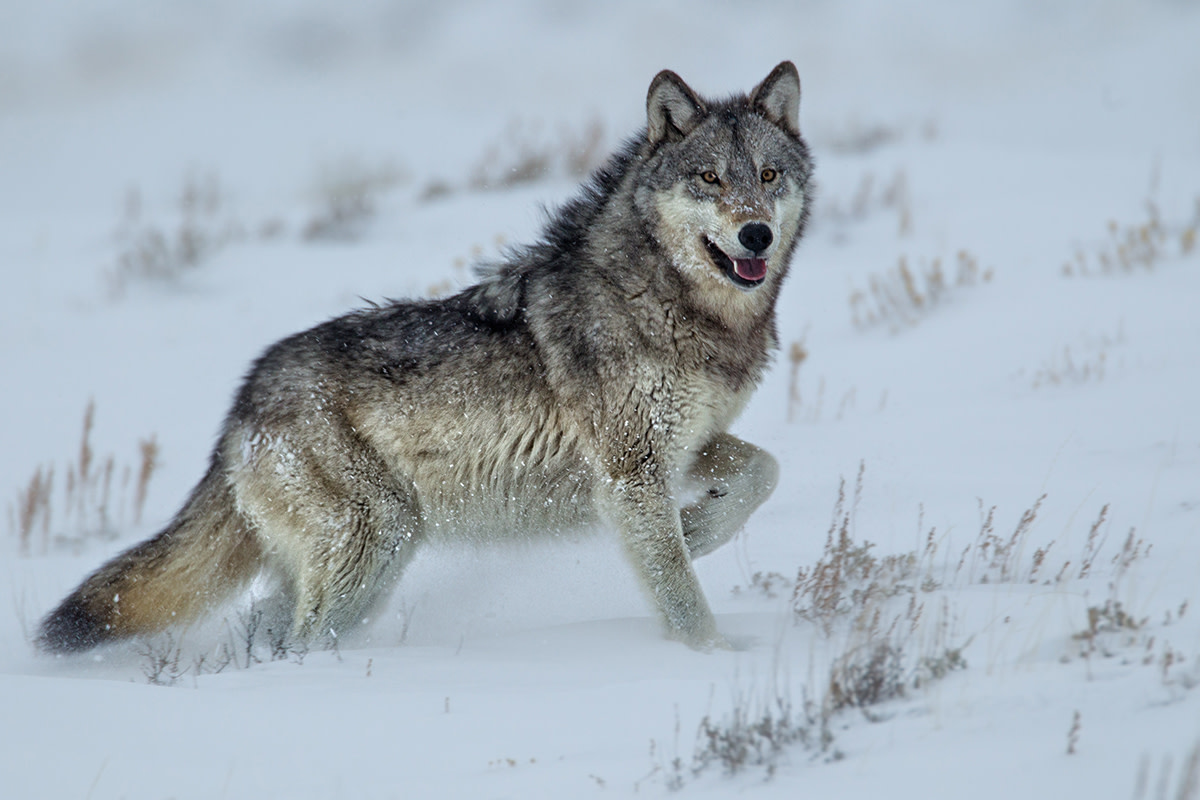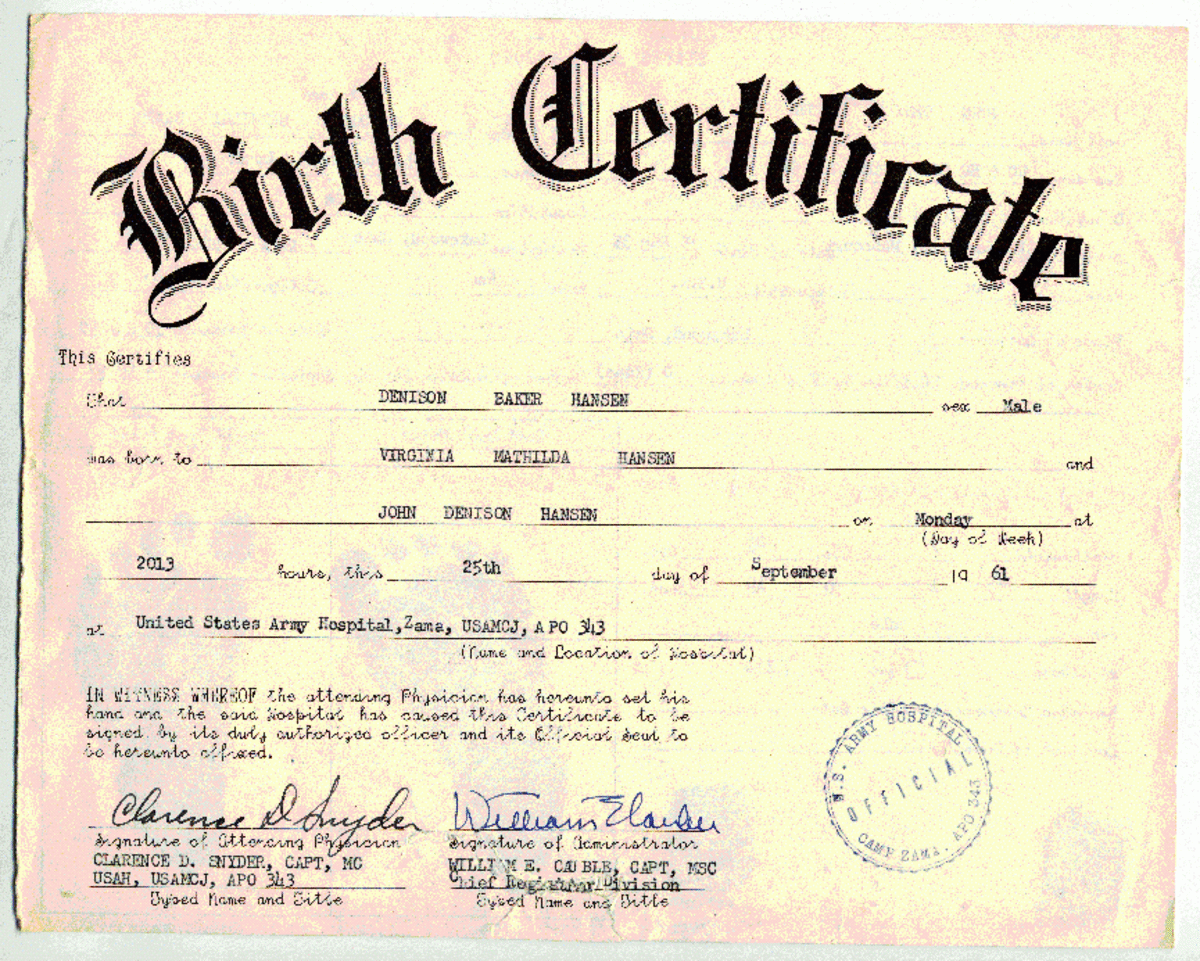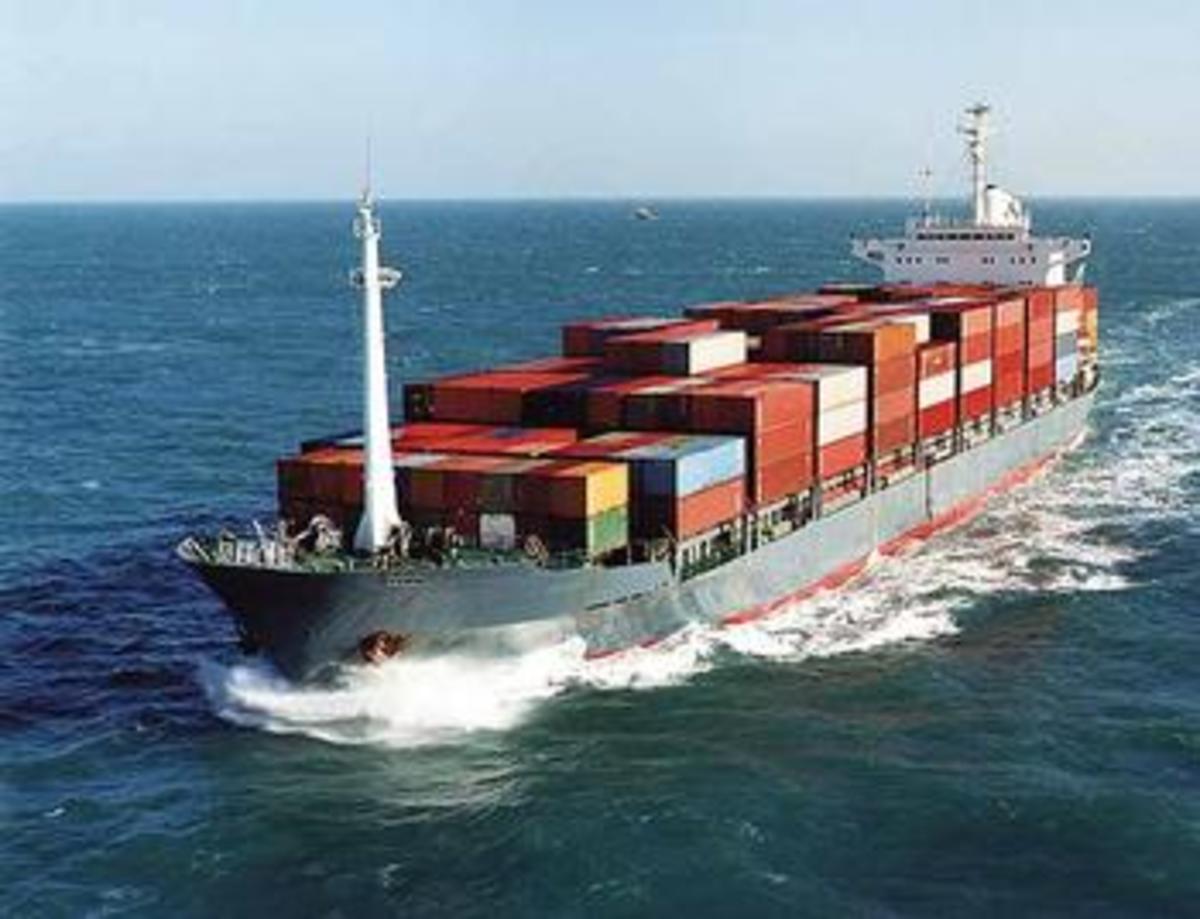All the Info you need for going green at home

Green living is not only about people. It is also about plants, animals, and the places they live. Green living means thinking about climate change and energy use, as well as about biological diversity and the well-being of those who draw their livelihoods from nature.
We know this takes effort. Here is a useful list of simple steps you can take to begin thinking greener, acting greener, and living greener.
1. Be Informed
The first step toward being a responsible green citizen is knowing the issues and taking time to think about them. The first step toward being a responsible green citizen is knowing the issues and taking time to think about them. Be aware of the impact your lifestyle has on the environment and know your options. Living green is about making responsible decisions. Set up a daily online search of the issues that are most important to you – climate change, amphibians, forests, oceans, gorillas, or anything else. Find out if your city or town has a green plan and if so, what it looks like. Take a look at your water, electric, and gas bills today so you can see how much you’re saving later on when you begin to live more efficiently. Calculate how far you drive or fly every month and then start thinking about ways to cut back.
2. Travel Sustainably
Next time you go on vacation or need to take a business trip, consider ways you can cut down on carbon emissions. Traveling and the things that go with it – flights, hotel rooms, cab rides, and rental cars – can mean significant damage to the environment and the biodiversity it holds. So the next time you go on vacation or need to take a business trip, consider ways you can cut down on carbon emissions.
Going on vacation? Choose accredited ecotourism companies and destinations. Our recommendations go toward supporting local communities and conserving critical biological diversity.
CHECKLIST: Ask these ten questions of your tour or trip operator.
Ten Questions for Eco-Travel 1. Ask the lodge owner if they have a written policy regarding the environment and local people. If it’s not written down ("yeah, yeah, we do all that stuff") then it probably means there are not taking it seriously.
2. Ask them to describe the single contribution to conservation or local people that they are most proud of.
3. Ask them how they measure their contribution to conservation and local communities.
4. Ask the lodge owner how many local people they employ, what percentage this is of the total, and whether any are in management positions.
5. Ask them what they have specifically done to help protect the environment and support conservation, and which local charities they work with.
6. Ask them what percentage of products and services are sourced from within 25km of the lodge.
7. Ask them how they treat waste water (coral and other wildlife is being destroyed by Caribbean hotels pumping effluent out to sea, for example) and how they heat their building (solar is better than firewood, which can contribute to deforestation).
8. Ask them what information and advice is provided to tourists on local cultures and customs.
9. Ask them if they employ guides from the local community. Local guides not only provide unmatched insights into local cultures but are also aware of areas/behavior that might cause offence among local people.
10. Ask them for ideas on how you might get involved with local people and conservation in a worthwhile and rewarding way for you and the destination. Reduce the impact of air travel by flying direct (a larger percentage of carbon given off by airline flights are emitted during take off and landing) or taking the train. Can your business meeting be conducted with cameras and computers rather than face to face? Consider investing in remote meeting tools and think about the money you would save on airline tickets and hotel rooms. If you must fly, take advantage of airlines that are becoming more green. United Airlines is a good one. If you have to rent a car, ask for a hybrid or a flexfuel vehicle. Major rental companies have more than 4,000 hybrids around the country and will be giving their customers the option of offsetting their carbon beginning January 2008. Stay in hotels that have an environmental management strategy. At check-in, request that your sheets and towels are not changed unless left on the floor, that your recyclables are properly recycled, and that air conditioning is left off when you’re not in the room. At check-out, leave a comment card to let the management know whether your requests were satisfied and praise successful efforts to be green. Marriott International, Inc. is an environmentally responsible hotel .
3. Be a Green Consumer
It is becoming easier and easier to know what effects the things you buy have on the environment. It is becoming easier and easier to know what effects the things you buy have on the environment. Be aware of what the things you buy are made of, where they come from, and how they made it to you. All of this knowledge determines how you impact biodiversity in your back yard and around the world. And remember, you have the power to choose what you spend your money on. Consume less. Use things until they wear out, buy second-hand, repurpose old things into something new. Choose products – printer paper, canvas totes for groceries, bank checks, or clothes – that are made of recycled material or can be reused or recycled. You can also find usual items made out of unusual reused and recycled materials. Nau is a CI partner with this kind of business model. Support companies that think about the environment like you do. There are a number of eco-conscious companies such as Office Depot, Wal-Mart, McDonald’s, and Starbucks. Having a party? Go ahead – use real plates, glasses, and cutlery. Your guests will feel special, and you’ll avoid a huge amount of waste. Be a one-bag family. Reduce, reuse, recycle, and compost to reduce your weekly trash contribution to one bag or less.
4. Eat Green
Environmentally friendly eating habits are easy and healthy. Clearing forest for agriculture is one of the leading causes of global deforestation and habitat destruction. Environmentally friendly eating habits are easy and healthy. And product information is more readily available than ever before. From growers at the local market to the waiter at your local restaurant, producers are becoming savvier to the desires of green eaters. Buy food that is sustainably grown and harvested and that does not put pressure on threatened species or habitats. Replacing one meal of red meat with a more sustainable option (such as sustainably harvested fish or sustainably grown vegetables) can dramatically reduce your carbon footprint. The energy it takes to grow feed, feed livestock, and process red meat means more carbon dioxide is being produced than if you had a vegetarian meal. Some free-range ranching systems are considered conservation-friendly and their land use practices allow biodiversity to survive outside of strict protected areas. When eating meat, be sure you know where it comes from and how it is raised. Ask restaurant owners and grocers not to offer threatened seafood or other species. You might be the one that opens their eyes to the fact that they too can make responsible choices. Ask questions. Ask restaurant and café managers where they source their ingredients – if they don't know, they'll at least know you care. Ask the vendors at your farmers' market how their produce is grown and meat is raised – some farms go beyond organic even without the USDA Organic seal of approval. Find your local farmers' market and ask about the availability of locally grown produce in your neighborhood. Locally grown produce and products mean fewer miles driven to get you your fruits, vegetables, and meat. Compost your food waste. Composting is an easy and fun project that kids can get excited about. And you're producing wonderful, nutrient-rich soil for your garden.
5. Explore Biodiversity
The diversity of nature is everywhere. So why not roll up your sleeves and see what’s been living right outside your door?
The diversity of nature is everywhere. So why not roll up your sleeves and see what's been living right outside your door? Buy a local field guide and explore your own backyard. From bees and butterflies to frogs and fish, all living things contribute to a healthy environment. Find out if there are threatened species in your community and see if there are ways you can change this trend. Visit a local botanical garden, forest, or nature preserve to learn about nature from experts and scientists in a fun way. Find out if there is a local nature club. These groups often plan conservation events that are opened to the whole community. Why not learn with others like you? Take only photographs and leave only footprints when you explore.
6. Enhance Your Local Biodiversity
Contributing to diversity in your own neighborhood can go a long way toward feeling good every day.
Contributing to diversity in your own neighborhood can go a long way toward feeling good every day.
Plant native trees and plants to enhance local biodiversity and celebrate the unique character of your community. Exotic species might need more water, attention, and effort in order to thrive. They may also threaten native species by taking over or replacing important food or shelter.
Replace the pesticides you use on your lawn with natural products that work just as well or better. If you aren’t happy with your community’s green space, suggest a park or preserve to your city or town council. Plan a community planting day. Invite your neighbors to learn a bit about the natural diversity on your street and then plant a few new flowers, bushes, or trees that will make the birds sing!
7. Minimize Your Carbon Footprint
By reducing the energy and fossil fuels you use, you are saving the environment from further damage. Fossil fuel extraction and carbon emissions impact species, the places they live, and the people who depend on them around the world. By reducing the energy and fossil fuels you use, you are saving the environment from further damage. Buy energy efficient technology when you need a new dishwasher, refrigerator, computer, or car.
Shut down appliances and devices like computers and DVD players rather than putting them on standby to save energy and cut down on energy bills. Use power strips to eliminate “wall warts” that consume power even when shut down. Switch to compact fluorescent light bulbs to save energy and money and cut down on waste. They last longer and provide the same soft light as regular lightbulbs. And the return on investment on a compact fluorescent light bulbs currently out-performs the stock market! Adjust your thermostat by just one or two degrees and put on a sweater in the winter to reduce your energy use. And make sure window and door seals are tight in cold months. Walk or bike to and from work, school, and home. Public transportation is another great way to get where you’re going without unduly harming the environment. Carpool and visit multiple destinations whenever you drive.
8. Offset Your Carbon
After you have done everything you can to minimize your carbon footprint then you can think about how to offset what residual impacts remains. After you have done everything you can to minimize your carbon footprint as much as practically possible, then you can think about how to offset what residual impacts remains. Because forests capture and store carbon, our projects aim to protect standing forests and restore them where they have been lost – storing carbon, protecting species, and helping communities. Your carbon offset will contribute to these efforts.
9. Influence Your Friends, Family, and Community
A green You is a great role model for your friends, family, and colleagues. Let your actions speak as loud as your words. Teach others about the impact their lifestyles make. Suggest ways of minimizing your eco-footprint that have been successful for you and share your experiences in becoming greener.
Incorporate your eco-conscious decisions to life at home, at school, at church, at work, and while shopping. You can make a statement everywhere you go. Use the power of your vote to support candidates and initiatives that promote biodiversity, environmental protection, and green living. Share your green habits with the children in your life. Because, after all, your green living is preserving the planet for generations to come. Throw a green party that features only local foods and recycled or reusable products. Ask your friends to walk or ride their bikes to your house.
10. Be a Conservation Advocate
Do a little or do a lot, but raise your voice today.
The great thing about wanting to be a conservation advocate is that anyone can do it. You don't need a Ph.D. in activism – just a desire for change and the willingness to work for it.
The first step is to realize that it can be overwhelming for any one person to be an advocate on all environmental issues. Start off by identifying one or two specific or local issues that are important to you and then start doing your homework.
Find a recycling location --- http://www.kab.org/site/PageServer?pagename=index









